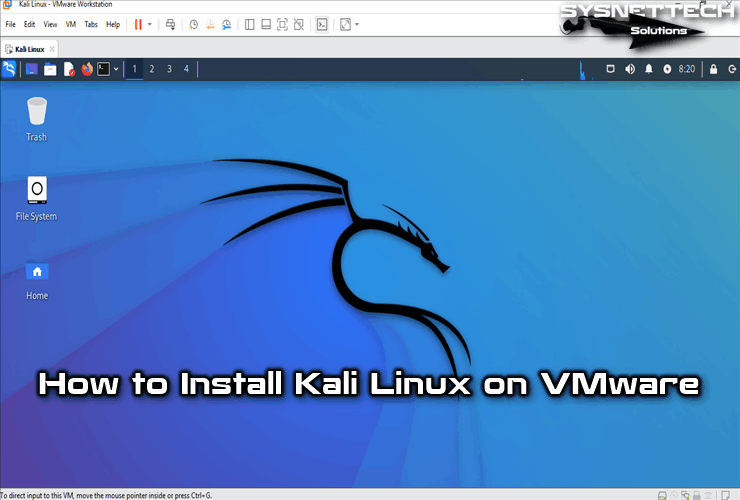


Everything is already set up and you can start working right away! Who Should Install Kali Linux on VirtualBox? The best part is since the image comes pre-configured, you don’t even have to set up VirtualBox Guest Additions on it. Download the ISO file from the official website (link to website), burn it to a USB or a CD, and boot from it. If you’re installing Kali Linux on your computer as a secondary OS, you can go about installing it the same way you’d do for any other operating system. The installation is very straightforward and you should have no difficulty in getting Virtualbox set up. You can download VirtualBox from the official website (link to the website). Guest OS – The operating system that you will install within a Virtual Machine.Host OS – The operating system that’s installed on your physical computer.Guest Machine/System – The hardware that you allocate to your Virtual Machine through Virtualbox settings.Host Machine/System – The physical hardware that you’re using.The OS that’s installed inside a virtual machine works and runs exactly as it would run on regular hardware. VirtualBox takes a part of that hardware from the Operating system and allocates it to a VirtualMachine. Difficult to understand? It really isn’t! Your operating system makes use of the physical hardware that’s allocated to it when the system is booted.


 0 kommentar(er)
0 kommentar(er)
